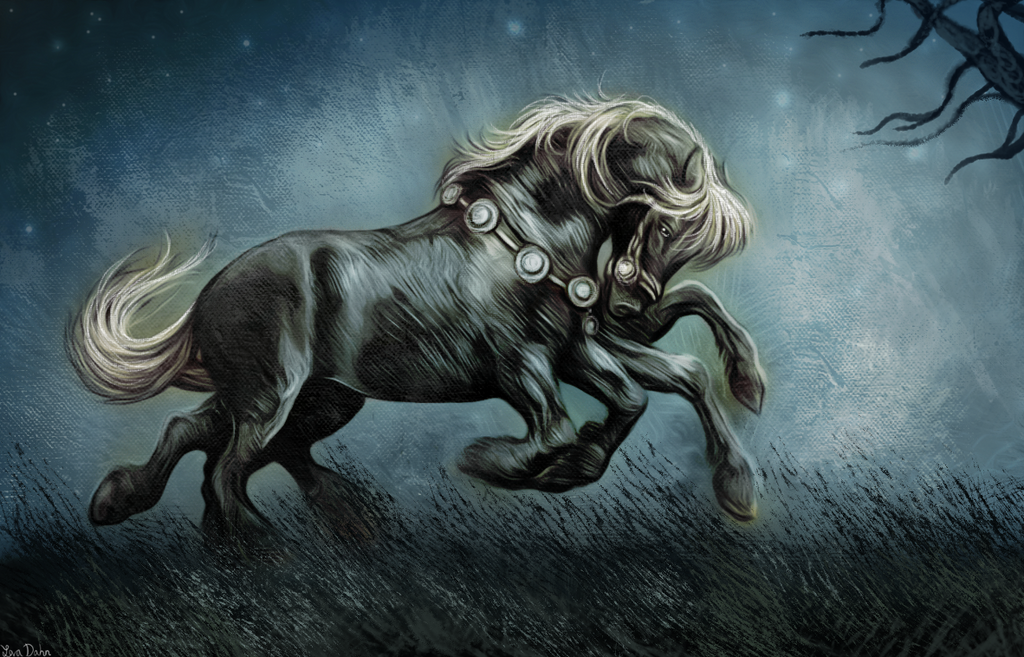Sleipnir Eight-Legged Horse of Odin the Allfather
Horse is one of the most common symbols of leadership in many mythologies. In Norse mythology, Odin the Allfather had for himself a horse named Sleipnir. Sleipnir was never a normal horse because he was the son of Loki the Trickster.
Sleipnir was the child of Loki and Svadilfari. Long long ago, a giant with great building skills and strength came to Asgard and offered to build the wall protecting Asgard. The builder said he would finish the wall within three seasons and the Gods must give him Freya, the sun, and the moon.
The Gods agreed to give the builder the payment as long as he finished the task within one season without any help from men. In fact, the Gods firmly believed that the giant builder could not accomplish the task; thereby, they hilariously wanted to test the giant.
On one night, Loki shapeshifted into a special mare. The mare (Loki in disguise) managed to distract the stallion from finishing the task. The result, of course, was that the giant did not finish the task in time, getting angry with the gods though being killed quickly afterward. And Loki and Svadifari after the chasing gave birth to the little horse called Sleipnir. Interestingly, Loki (as a mare) was the mother of Sleipnir.

Months later, Loki turned up at Asgard and presented the horse Sleipnir to Odin as a gift. Being the Aesir chief god, Odin needed a supernatural and mighty ride that could bring him through the Nine Realms. Sleipnir was the most suitable in this case as he got the blood of the best horse (Svadilfari) and the giant/god (Loki)*.
He could gallop over the sea and through the air as well as on land. No horse in Norse myth could outrun Sleipnir. He was able to go to Helheim; he once carried Hermod and Odin there. At Ragnarok, Odin rode Sleipnir to attend his final battle.
And his name carried this meaning. “Sleipnir” means “Slippy” or “the Slipper” in Old Norse. And Norse mythology had it that no horse in the cosmos could run faster than Sleipnir. Some texts described that Sleipnir carried Odin across the ocean, through the win, up to the sky, and of course he could gallop in the land.




